The dodo bird, that comically proportioned creature last seen in the 17th century, has achieved something remarkable in its extinction. Unlike other vanished species that fade into obscurity, the dodo has transformed into a cultural icon, evolving from a biological failure to a beloved figure in literature, art, and popular imagination. Its journey from a real, flightless bird on Mauritius to a symbol of human folly and whimsy is a story of reinvention.
When Dutch sailors first encountered the dodo in the late 1500s, they described it as a clumsy, trusting animal with a grotesque appearance. Within decades, human activity—hunting, habitat destruction, and introduced predators—wiped the species from existence. Yet, rather than disappearing entirely, the dodo found new life in stories and illustrations. Lewis Carroll’s Alice’s Adventures in Wonderland immortalized the bird as a whimsical, philosophical character, ensuring its place in the collective consciousness far beyond its natural lifespan.
The dodo’s posthumous fame raises an intriguing question: why has this particular extinct animal captured our imagination so enduringly? Unlike the mammoth or the sabre-toothed tiger, the dodo lacks the grandeur of prehistoric megafauna. Instead, its appeal lies in its vulnerability and its absurdity. The bird’s very name has become shorthand for obsolescence, yet its cultural footprint is anything but obsolete. Museums, children’s books, and even corporate logos keep the dodo alive in ways that its flesh-and-blood ancestors could never have anticipated.
Modern science has also played a role in the dodo’s second life. Genetic research and advances in de-extinction technology have sparked debates about whether the bird could, theoretically, be resurrected. While the ethical and practical challenges are immense, the mere possibility has reignited public interest in the species. The dodo is no longer just a cautionary tale about extinction; it has become a symbol of scientific curiosity and the limits of human intervention in nature.
Meanwhile, artists and writers continue to reinterpret the dodo’s legacy. Contemporary works often use the bird as a metaphor for environmental destruction or the consequences of colonialism. Its image—round, awkward, and somehow endearing—lends itself to both satire and solemn reflection. In this way, the dodo has transcended its original form, becoming a canvas for humanity’s anxieties and aspirations.
The dodo’s journey from extinction to cultural immortality is a paradox. In life, it was a creature ill-suited to survival; in death, it has proven remarkably adaptable. Its story is a reminder that extinction is not always an ending—sometimes, it’s the beginning of a new kind of existence, one shaped by memory, storytelling, and the ever-changing ways we make meaning from loss.
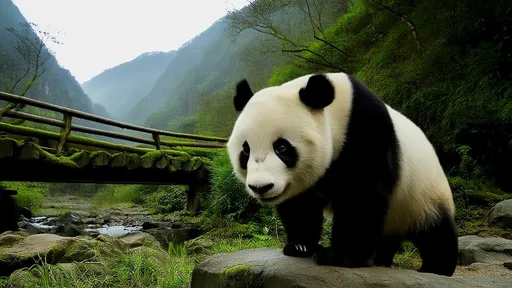
By /Jul 24, 2025

By /Jul 24, 2025

By /Jul 24, 2025
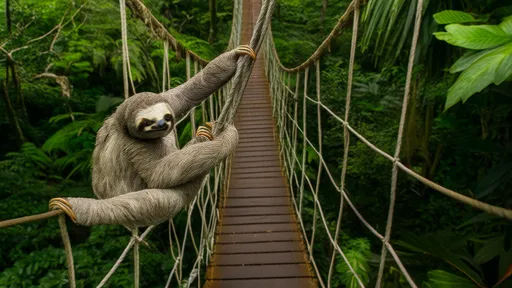
By /Jul 24, 2025
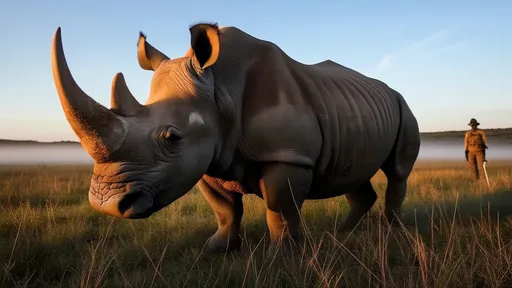
By /Jul 24, 2025

By /Jul 24, 2025
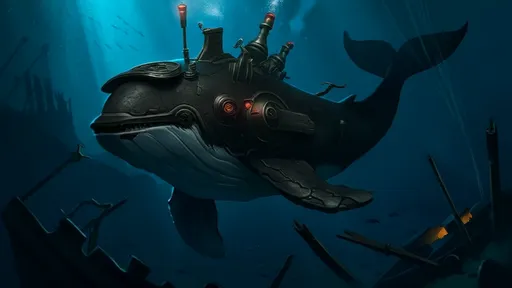
By /Jul 24, 2025
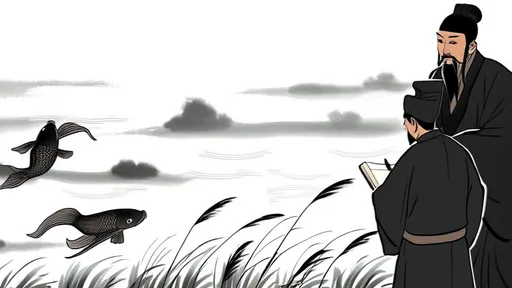
By /Jul 24, 2025
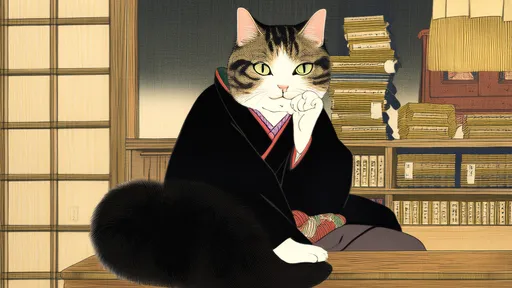
By /Jul 24, 2025
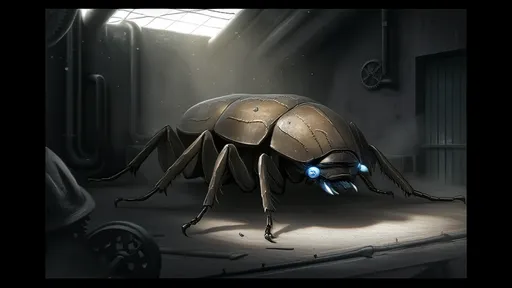
By /Jul 24, 2025
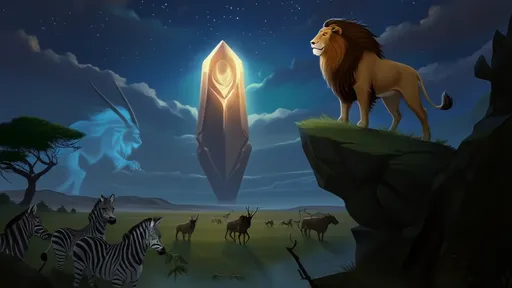
By /Jul 24, 2025
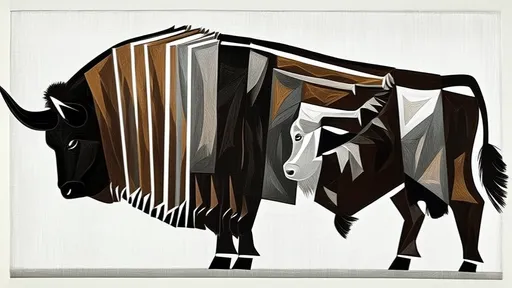
By /Jul 24, 2025
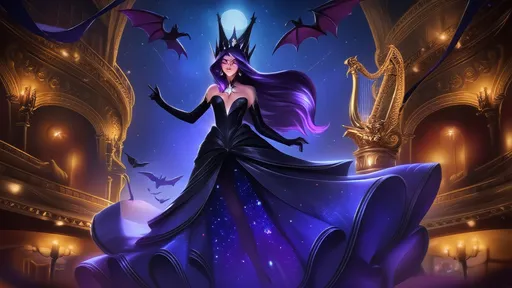
By /Jul 24, 2025
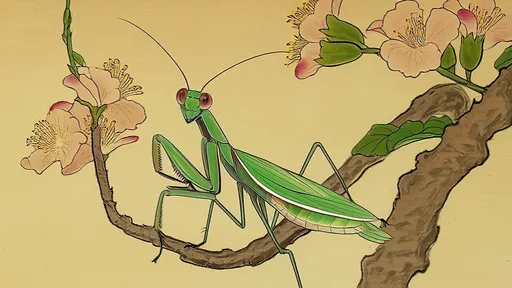
By /Jul 24, 2025
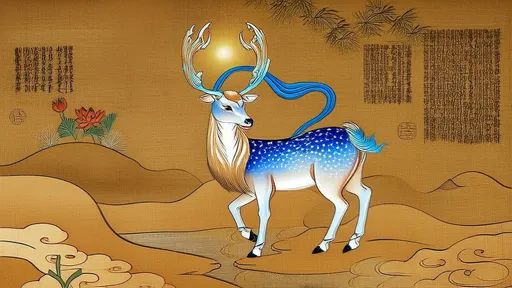
By /Jul 24, 2025
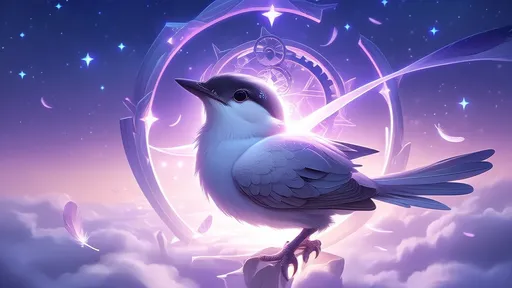
By /Jul 24, 2025
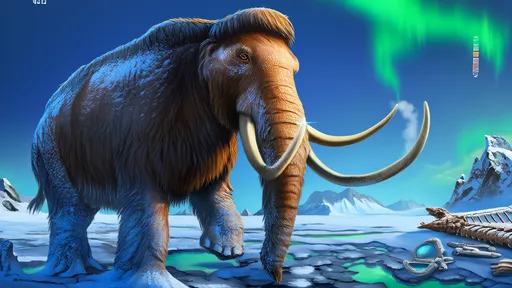
By /Jul 24, 2025
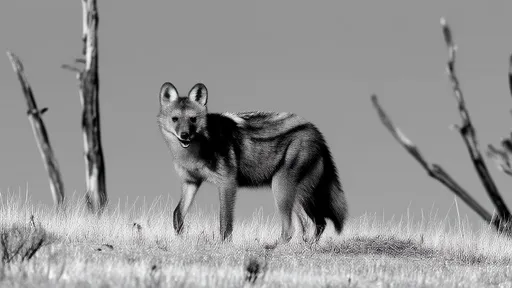
By /Jul 24, 2025